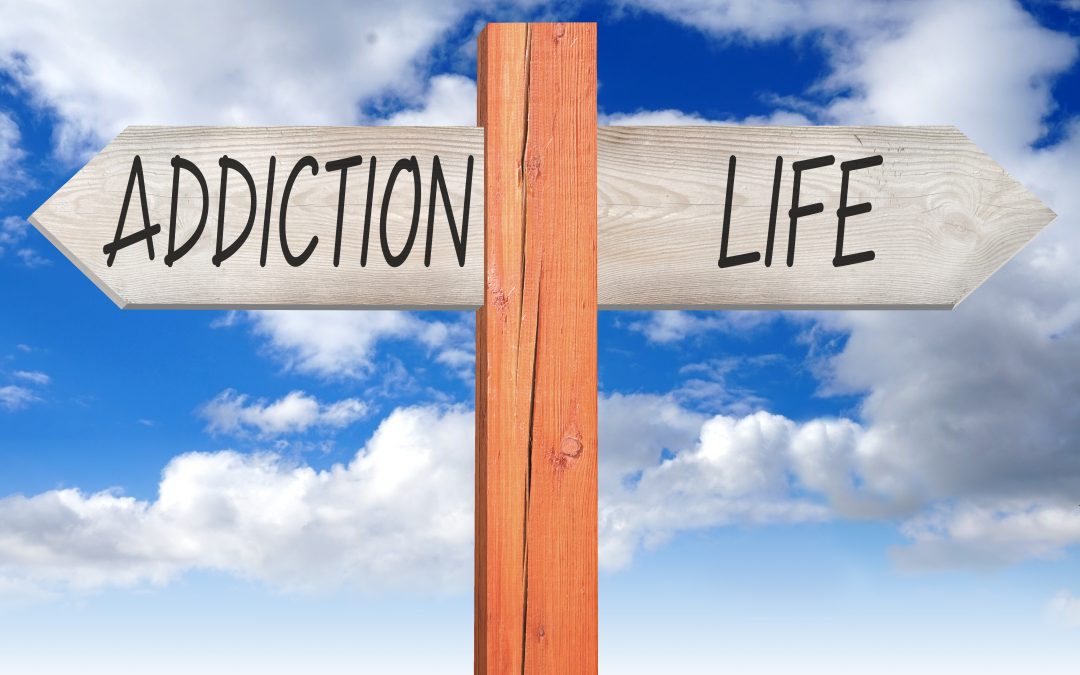Polysubstance abuse is when a person is addicted to using more than one substance. Some examples include: alcohol and cocaine, and fentanyl and misuse of prescription medications. Individuals may take their desired substances together or at different times. This does not include addiction to a single substance and behavioral addictions like gambling or sex. Unlike being addicted to one illicit substance, there are a few key differences in the major effects.
The first is the severity of side effects. It’s not as simple as adding the possible effects of both substances because the combination of chemicals will create different effects. Combined effects of these substances are usually unique for the individual and more severe than if someone simply consumed one substance. Some of the common side effects for polysubstance abuse include:
● Increased blood pressure
● Increased respiratory rate
● Nausea
● Vomiting
● Body pain
A second key difference is how polysubstance abuse affects co-occurring mental health disorders. Substance abuse can cause an increased severity of a mental health disorders and vice versa. It stands to reason that when multiple substances are involved, the effects of mental health disorders become amplified. Additionally, studies suggest that individuals who struggle with mental health disorders and substances are more likely to develop polysubstance abuse.
What Are The Causes?
Although there is no single cause for substance use disorder, it is common for people to lean on drugs or alcohol when the individual has experienced traumatic situations or developed mental health disorders. Individuals experiencing physical or psychological pain may start to depend on drugs and or alcohol to help decrease their pain. If people experiment with drugs, they may find that a combination of drugs will provide greater relief for their pain and grow increasingly dependent on this combination of drugs.
Some additional reasons why a person might combine drugs is because they have developed a tolerance to their primary substance of choice. People who are addicted to opioids can grow tolerant to opiates and when combined with benzodiazepine, they can feel enhanced effects. Another reason that someone might develop polysubstance abuse is that dealers frequently mix drugs together. An individual who primarily uses cocaine will likely develop greater pleasure when their dealer introduces fentanyl into their product.
How Can You Treat Polysubstance Abuse?
The most typical way to begin treatment from polysubstance abuse is through a detox program. Detox facilities can provide medication to help manage any severe symptoms as well as 24 monitoring. From there, a person has several options for treatment including residential treatment, partial hospitalization, intensive outpatient, and sober living.
Residential treatment typically consists of 20-30 days of 24-hour accountability and intermittent therapy. Partial hospitalization programs (PHP) are usually 5 hours a day of group therapy for 5 days a week. Intensive outpatient programs (IOP) are typically 2-3 hours a day of group therapy for 3 days per week. Both PHP and IOP usually provide drug testing, individual therapy, and some amenities like yoga or group hikes. Finally, sober living programs provide living quarters for people in recovery and 24-hour staff support. The cost for most programs do not include a therapeutic program but these facilities can typically provide reputable resources to receive consistent therapy if needed.
At Commonwealth Collaborative, we offer PHP and IOP in the incredible Berkshires. If you or someone you know is interested in learning more about our programs, please contact us today.

